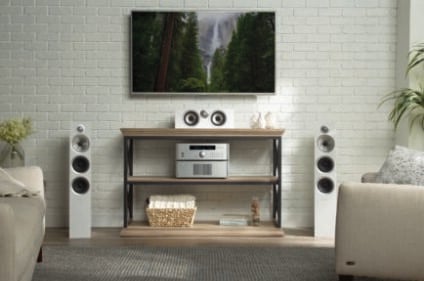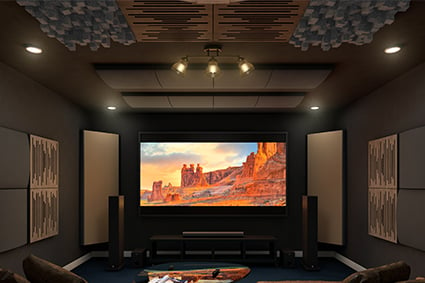Conclusion
I hope this has helped you understand how you can have both great home theater AND amazing two-channel listening all in one room, using your high-performance left and right speakers for both systems and getting the best of both worlds with no compromises. You only need a home theater receiver with front-channel preamp outputs and a two-channel piece with a home theater bypass option.
Should you have any questions on equipment selection for either situation, please contact our team of enthusiasts at Audio Advice.
Contact Our Experts Now
Are there any disadvantages to this setup? Well, if you want to run a subwoofer with both two-channel and home theater, it can be a bit more complicated. However, most people who do this have full-range left and right speakers and do not want to use a sub with them. But if you do, please reach out to us so we can help you determine the best options there. It will vary based on your subwoofer and how it can connect up, but we can help you there as well.
I hope this video has helped you understand home theater bypass and how it could be a great option for you. If you have more questions, reach out to our team of experts at audioadvice.com via phone, chat, or email, and we will be happy to help you out. And if you stop by one of our award-winning showrooms, we can show you how we set up home theater bypass in our own demo theaters.
We’re here to help!
Audio Advice has been in the industry since 1978, and throughout the years, we’ve developed a team of professionals who live and breathe all things audio and video. We spend countless hours testing and reviewing every product we sell to be sure it stands up to our extremely high-quality standards. With our state-of-the-art home theater audio lab, we can become experts in our products and provide our customers with in-depth, honest feedback.
When you buy from Audio Advice, you’re buying from a trusted seller since 1978. We offer Free Shipping, Free Returns, Lifetime Expert Support, and our Price Guarantee. We look forward to serving you!















